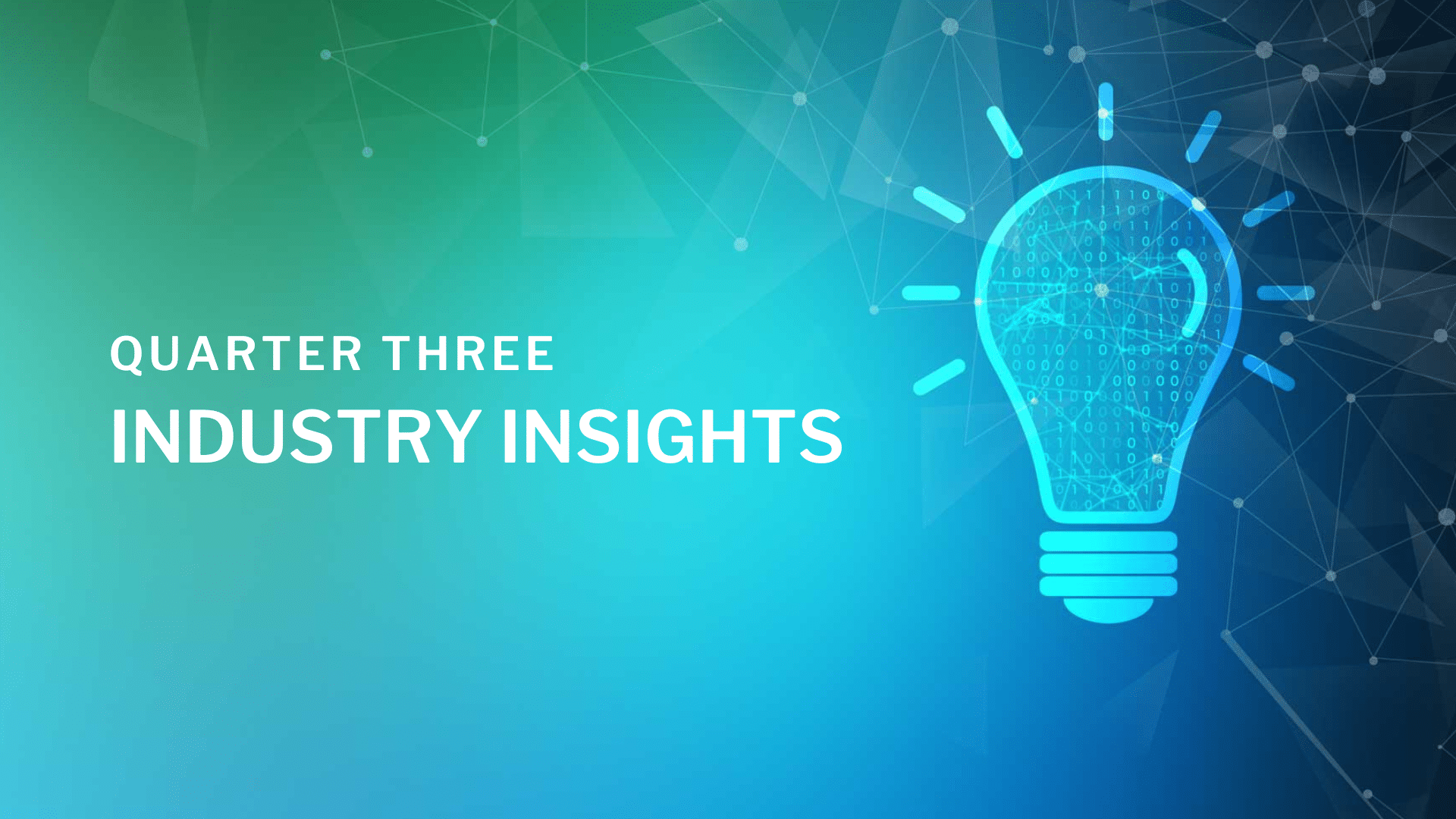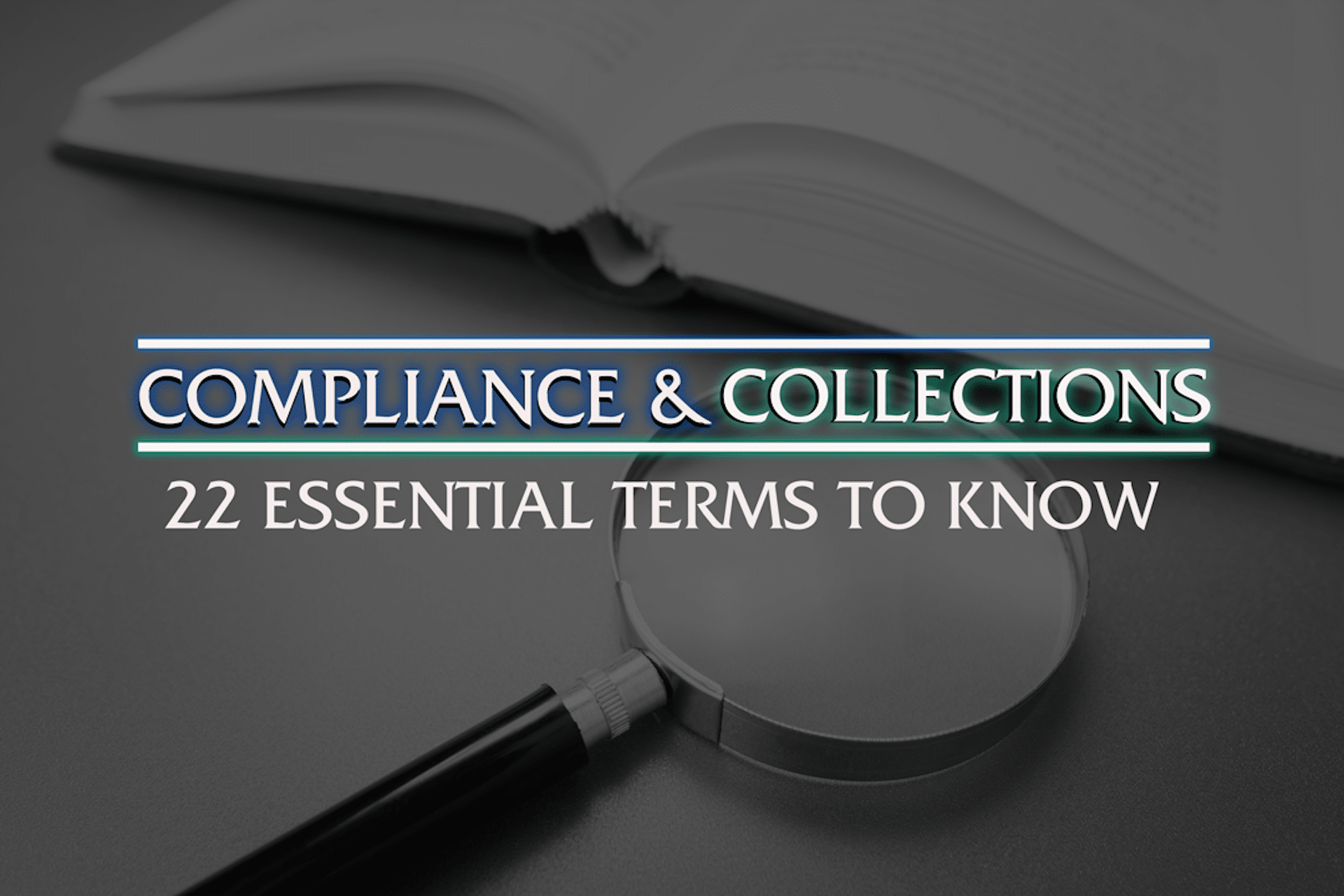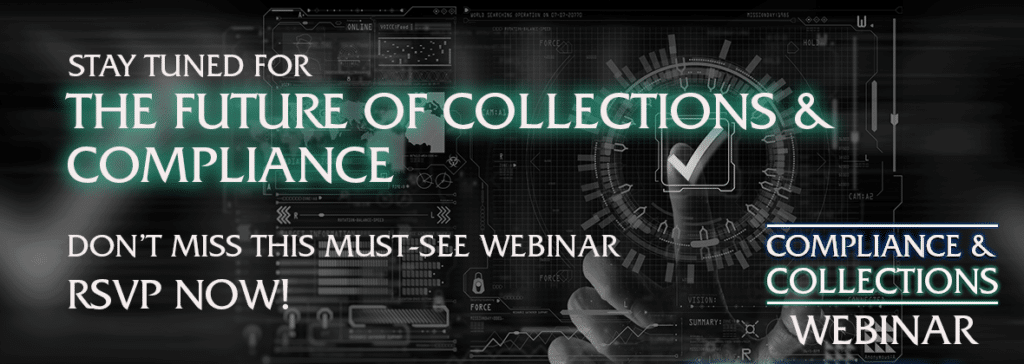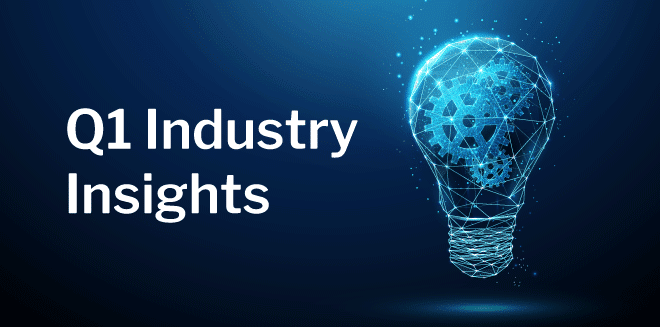
As we roll toward the end of 2022, the economic landscape continues to weigh on consumers, and companies who lend to or service those consumers are preparing for what’s to come. Simultaneously, regulatory activity in the debt collection space has also been on a roll as organizations try to make sense of how technology can (and should) be used to innovate the industry.
Read on for our take on what’s impacting consumer finances, how consumers are reacting, and what else you should be considering as it relates to debt collection in 2022 and beyond.
What’s Impacting Consumers?
It’s a no-brainer that inflation and higher interest rates are hard on consumer finances, and unfortunately, we’re not seeing them come back down to earth very quickly. These two factors compound to make it more expensive to be a consumer and harder to acquire credit needed to make ends meet. A report by Bank of America found that a large majority of workers (71%) feel their pay is not keeping up with the cost of living.
And that cost keeps rising. The consumer price index rose 0.4% in September, up 8.2% from a year ago, driven by increases in food and shelter costs, and despite falling gas prices. This unrelenting upward-cost march brings the threat of financial instability to many Americans as their money doesn’t get them as far as it used to. According to a recent LendingClub report as of August, 60% of Americans were living paycheck to paycheck, up from 55% last year.
Interest rates keep going up, and they haven’t hit the top yet. In September, the Federal Reserve announced the third consecutive rate hike of 75 basis points (the fifth rate hike of the year) and signaled additional aggressive hikes ahead, landing the federal interest rate at 3-3.25%. These interest rates can cause economic pain for millions of Americans by increasing the cost of borrowing for things like homes, cars and credit cards.
Household net worth, which was previously holding steady, proved to be a lagging indicator that has now corrected and caught up with the market. The value of equity holdings dropped $7.7 trillion and the value of real estate held by households only increased $1.4 trillion, softer than recent increases as higher borrowing costs suppress demand. The Fed’s Financial Accounts data issued in September reflected the largest quarterly loss in household net worth ever at a staggering $6.1 trillion in the second quarter. This comes after falling $147 billion in the first quarter, but the second consecutive drop was much more telling.
According to the New York Fed’s Quarterly Report on Household Debt and Credit, total household debt increased by $312 billion (or 2%) during the second quarter of 2022, and balances are now more than $2 trillion higher than they were before the pandemic.
Indicators and a Silver Lining
With prices increasing faster than income can keep up, consumers are covering the delta by pulling money from savings or putting expenses on credit cards, and it’s showing – consumer debt, including credit cards, is at an all-time high for the bottom 90% of US households. Credit card balances saw their largest year-over-year percentage increase in more than 20 years, adding $46 billion in the second quarter. High interest rates make credit cards a slippery slope for debt balances, and the latest interest rates have been over 20% for those with “good” or “fair” credit (FICO labels “good” credit scores between 670-739 and “fair” between 580-669).
Rising credit card balances aren’t the only thing to watch. Looking at month over month delinquency rates shows that consumers’ ability to repay is diminishing and they may be losing control over their debt. According to Experian’s Ascend Market Insights Dashboard from August, the end of Q2 saw 0.91% of consumer accounts rolling into higher stages of delinquency in July 2022, an increase from the month prior. There was also an uptick in 30+ delinquency rates in July, with 30+ day past due accounts increasing 7.33% month over month. And, collections and charge off rates for auto leases, personal loans and bank cards are higher than pre-pandemic.
Amidst all the economic gloom, there was a silver lining for many borrowers in the form of student loan forgiveness. In August, President Biden announced a student loan forgiveness of up to $10,000 for borrowers (or up to $20,000 for Pell Grant recipients). The New York Fed estimated that forgiving $10,000 per borrower would eliminate student debt for 11.8 million borrowers, or 31% of the total number.
While this forgiveness may impact those borrowers significantly through credit score increases or stronger balance sheets, it likely won’t have as much impact on borrowers with higher balances as monthly obligations will remain. This is an ongoing initiative that is subject to change, and in the meantime, the COVID-19 pandemic-related program that paused federal student loan payments will end at the end of this year. Any borrowers with remaining balances after debt forgiveness must start making payments again in January.
Increased Regulatory Activity
In addition to announcing that they are mobile-first to align with consumer use trends, the Consumer Financial Protection Bureau (CFPB) has been busy this quarter with initiatives to protect consumers including around the Unfair and Deceptive Acts and Practices Act (UDAAP), credit reporting, and a closer look at Buy Now, Pay Later (BNPL).
Data and tech are a key focus. In August, the CFPB first announced that digital marketers who are materially involved in developing content strategies for businesses subject to CFPB regulation can face UDAAP liability for unfair, deceptive acts or practices and other violations. The very same day, they took action against a financial company for using a faulty algorithm that caused consumers to overdraft their accounts – underscoring their interest in “black box” algorithm decisioning. The next day, the CFPB published a circular about requirements to safeguard consumer data, specifically citing practices that “are likely to cause” substantial injury like inadequate data security measures.
And data concerns extend into BNPL. After first opening an inquiry into BNPL in December 2021, the CFPB in September issued a report that identified several competitive benefits of BNPL loans over legacy credit products, but also identified potential consumer risks: discrete consumer harms (i.e., a requirement to use autopay), data harvesting (i.e., lenders’ use of consumer data to increase the likelihood of incremental sales), and borrower overextension.
While the CFPB supports innovation in financial services that benefits consumers, their recent announcements make it clear that organizations that do not protect consumer data and use it fairly will be in violation of the UDAAP. Lenders and debt collectors should keep an eye on this area as the CFPB continues to examine and form opinions on data and tech in consumer financial services.
Also noteworthy in debt collection regulations: In September, the U.S. Court of Appeals for the Eleventh Circuit dismissed the Hunstein opinion, which is big news for the industry. While debt collectors initially breathed a sigh of relief, there might be more to come here in state courts. Debt collectors should proceed cautiously when changing their policies, processes and procedures in light of this ruling.
What Can You Do?
So here we go into Q4, or as many consumers see it, the spending season. Will holiday spending take a huge blow from the challenging financial landscape? Will consumers rely even more on credit cards or BNPL to help cash flow and spend just as much? We’ll soon find out, but as a lender or collector, there are steps you can take to prepare:
Make sure your practices are compliant. Compliance in debt collection is a huge undertaking and will continue to evolve, and the patchwork of federal, state and regional guidelines may get messier. For a good snapshot of what compliance looks like today, check out our Collections & Compliance page.
Cater to the distressed borrower in collections. Cash-strapped consumers will need affordable options if you hope to recover past-due debt. This could be options for longer payment plans for more affordable installments, deeper settlements for payment plans, ability to “pay what you can” toward your debt, or removing minimum payment requirements.
Remember that consumers are humans. With feelings, problems, lives and a whole lot of other financial obligations. Engaging with distressed borrowers can be difficult, especially when they aren’t able to pay. Kindness, patience and understanding will go a long way in these efforts. Consider a humane, digital-first approach to align with their preferences. TrueAccord can show you how.


